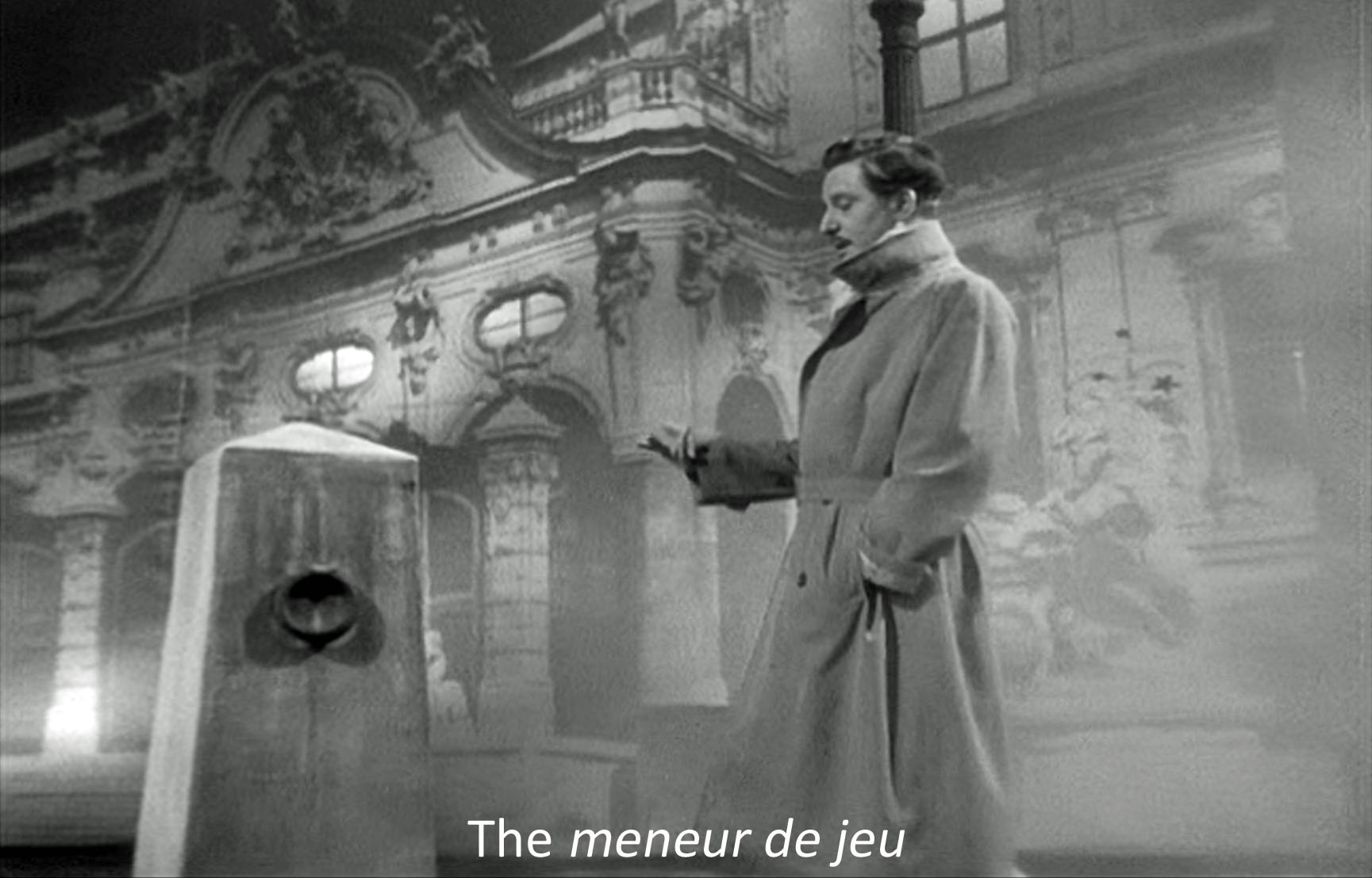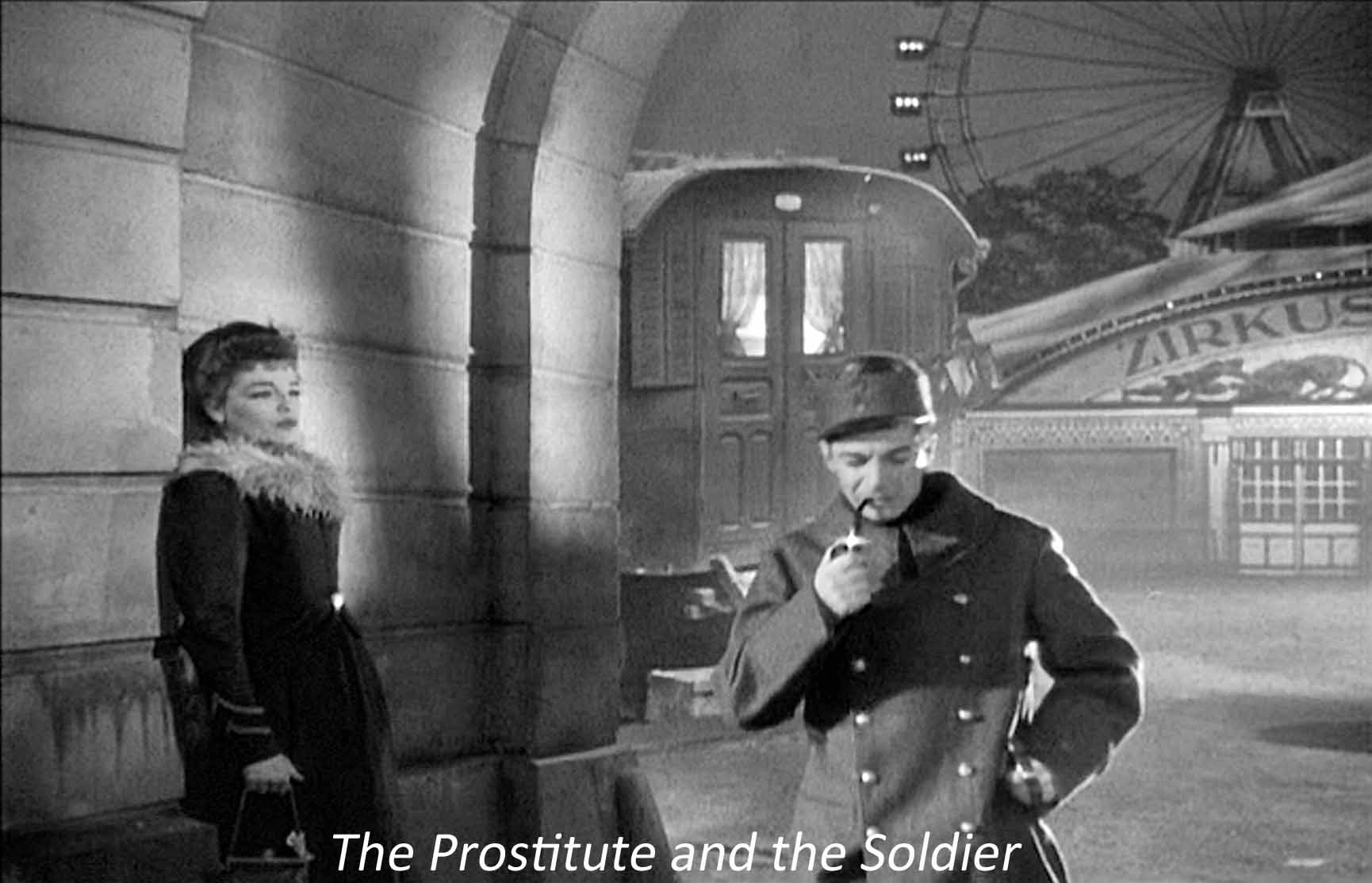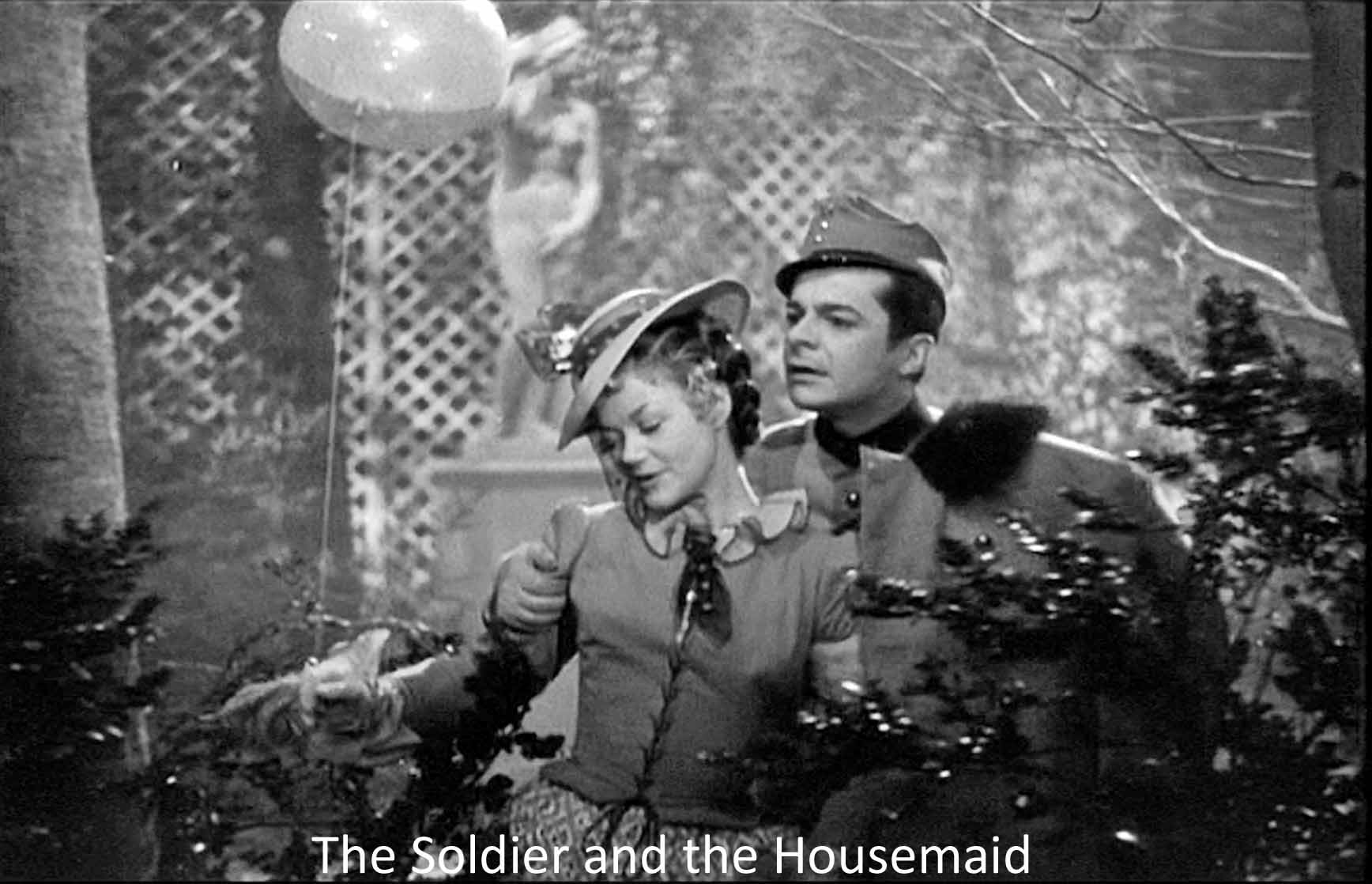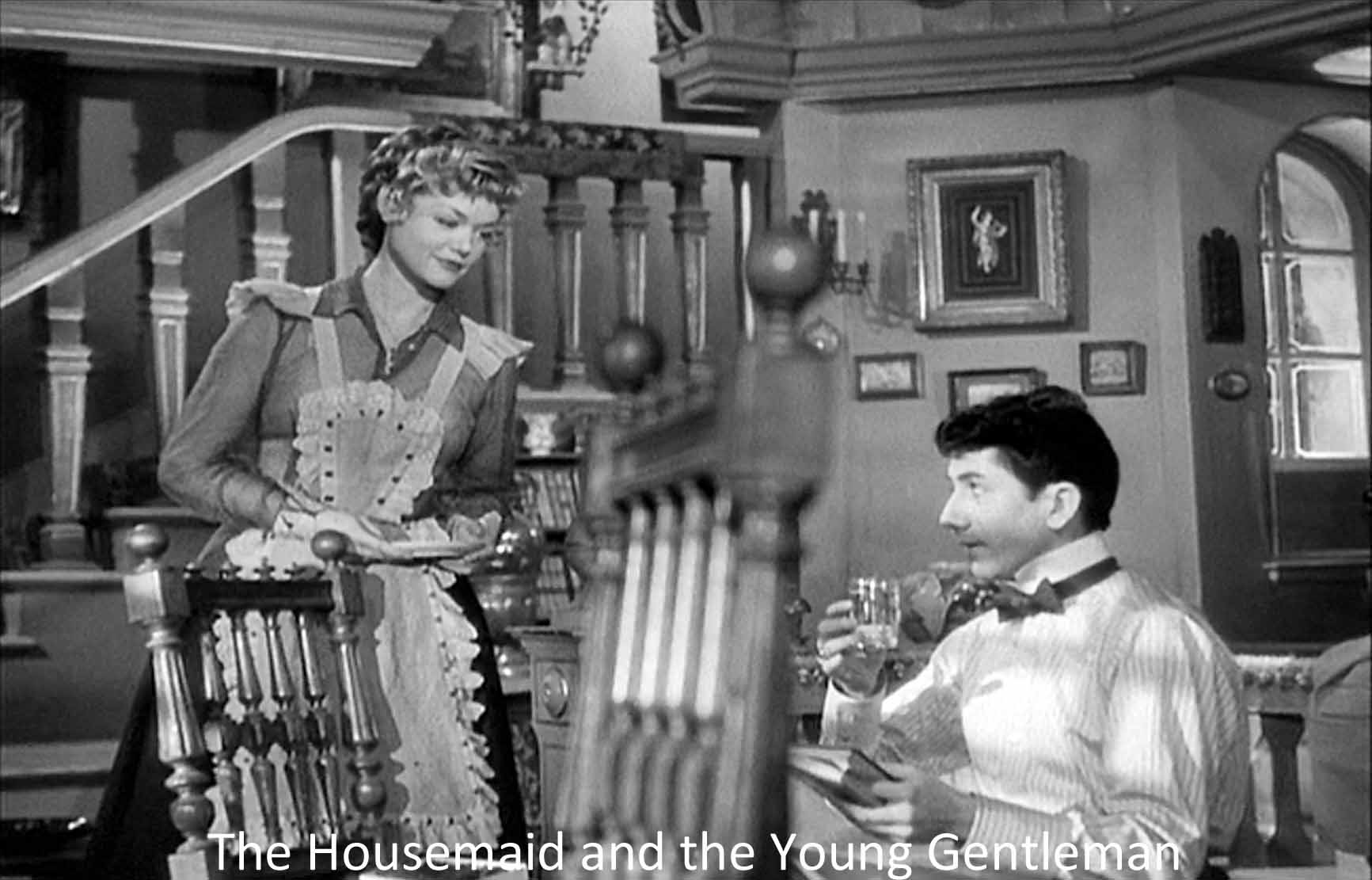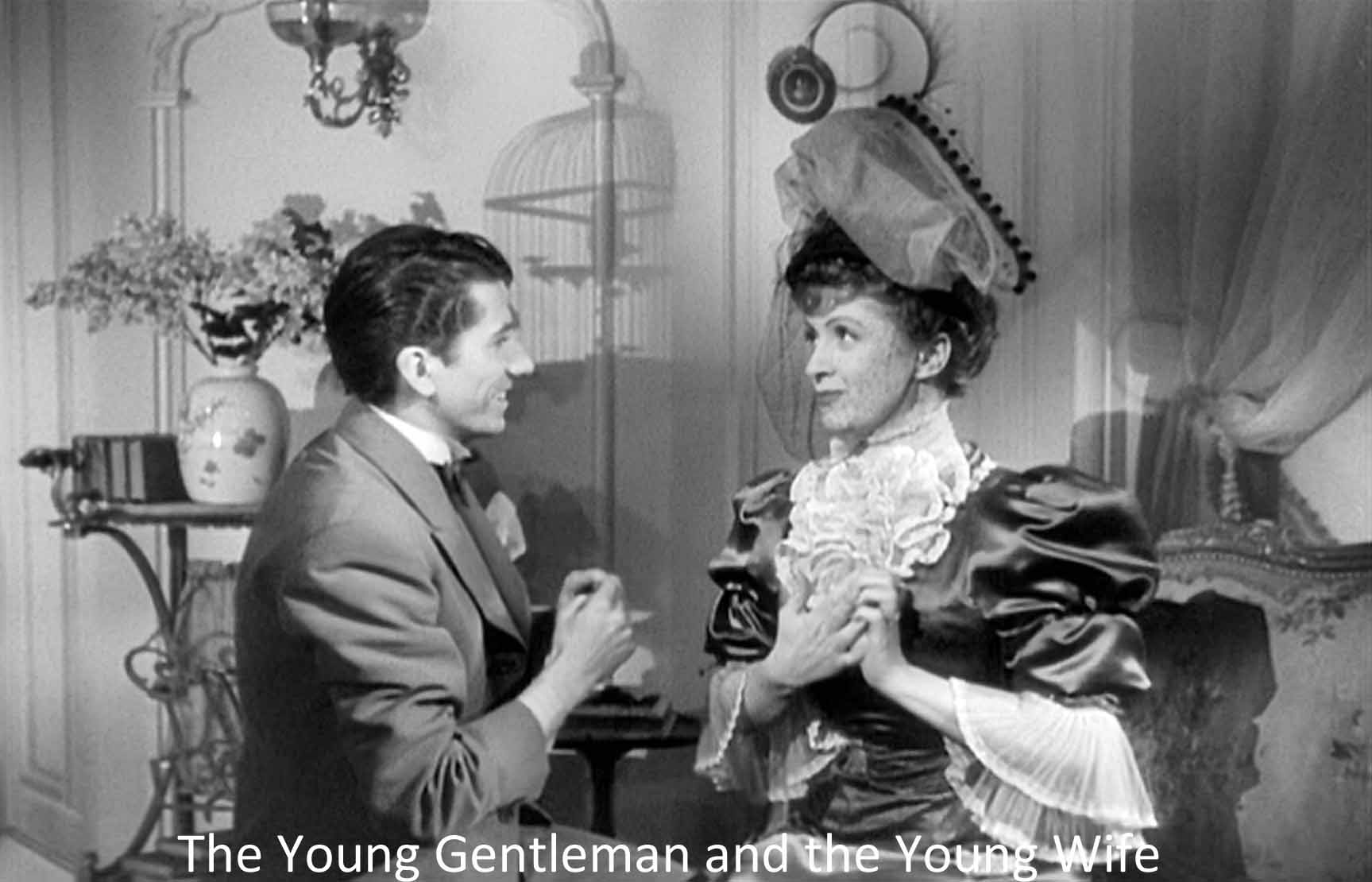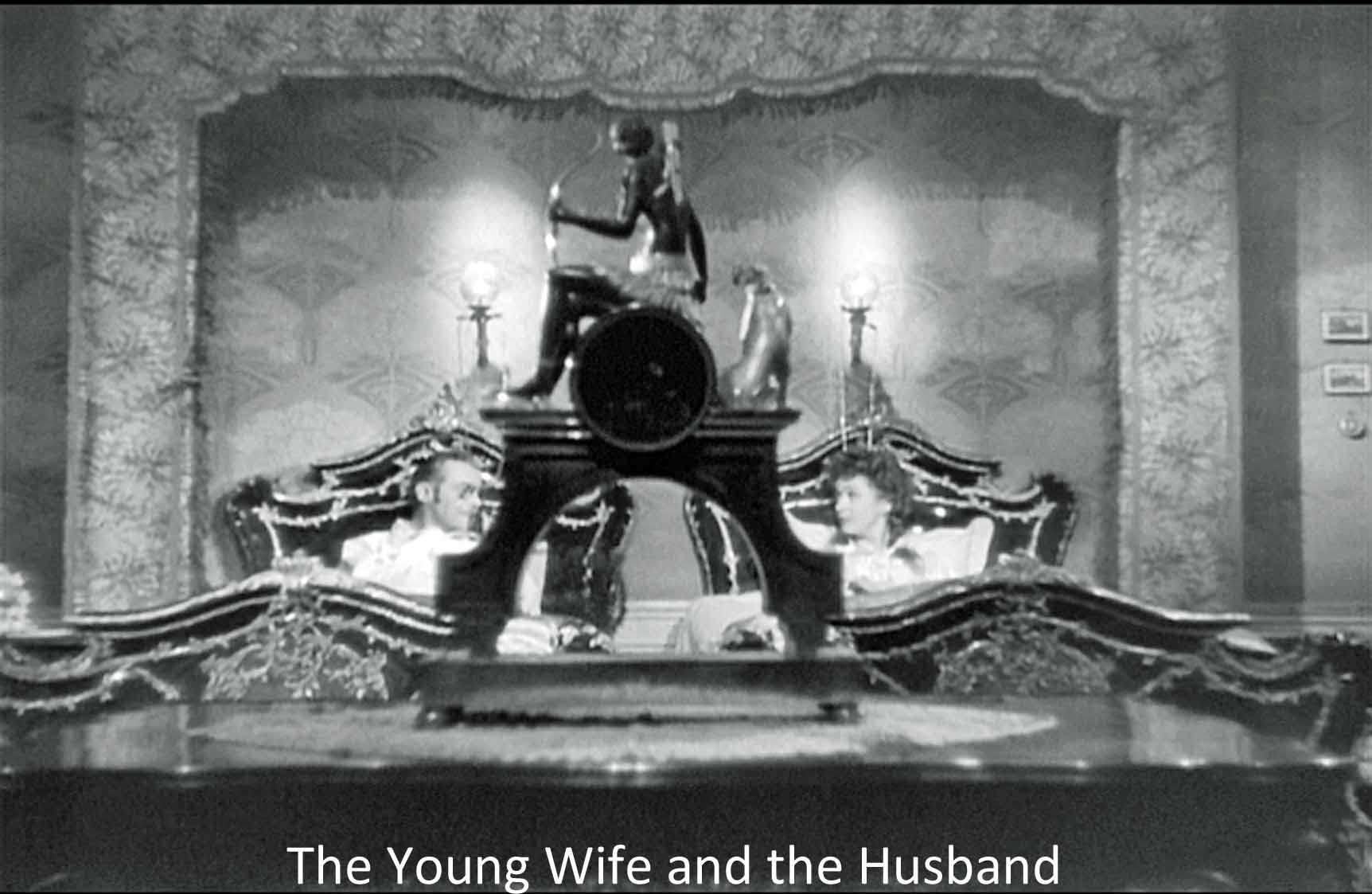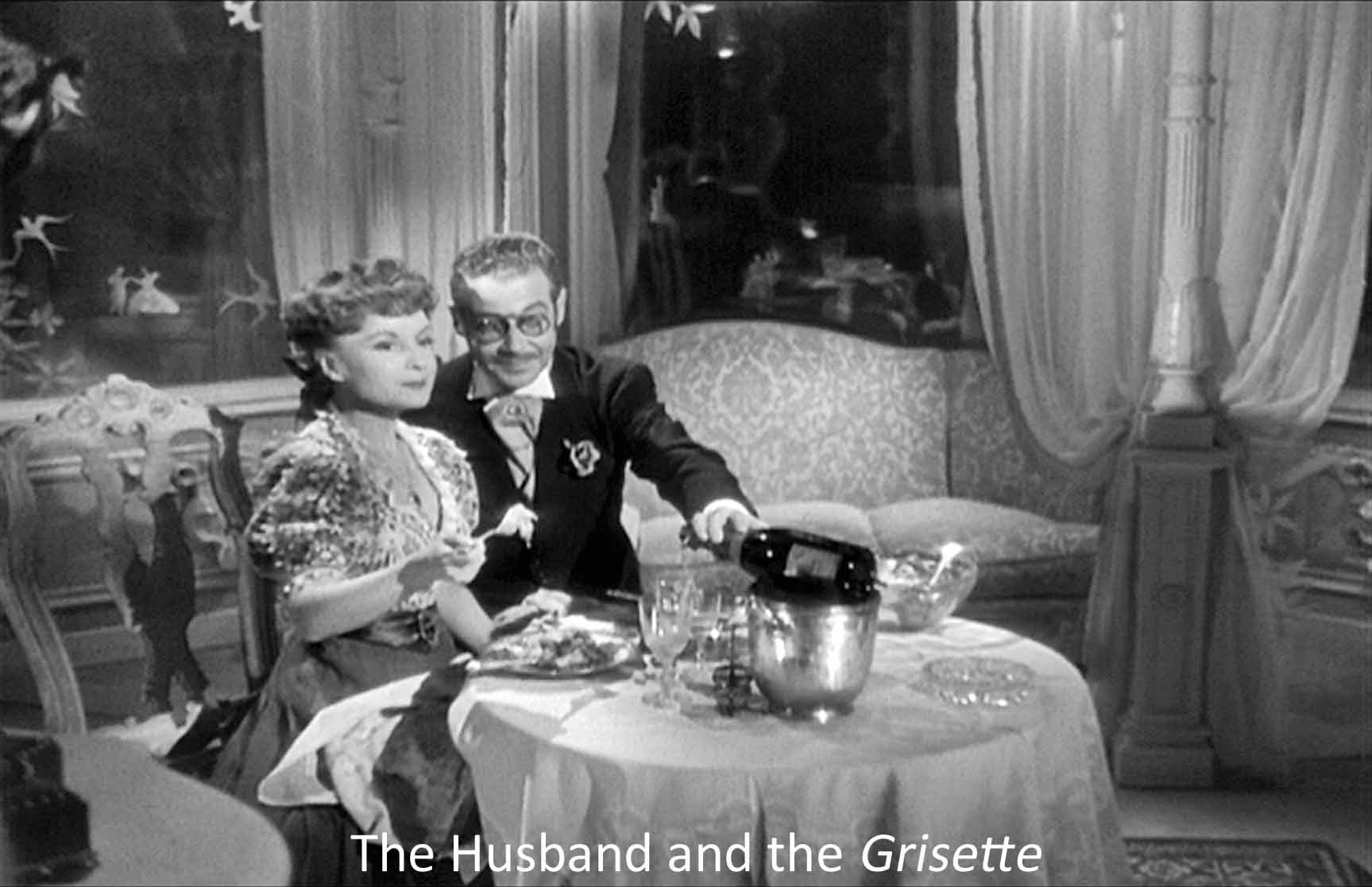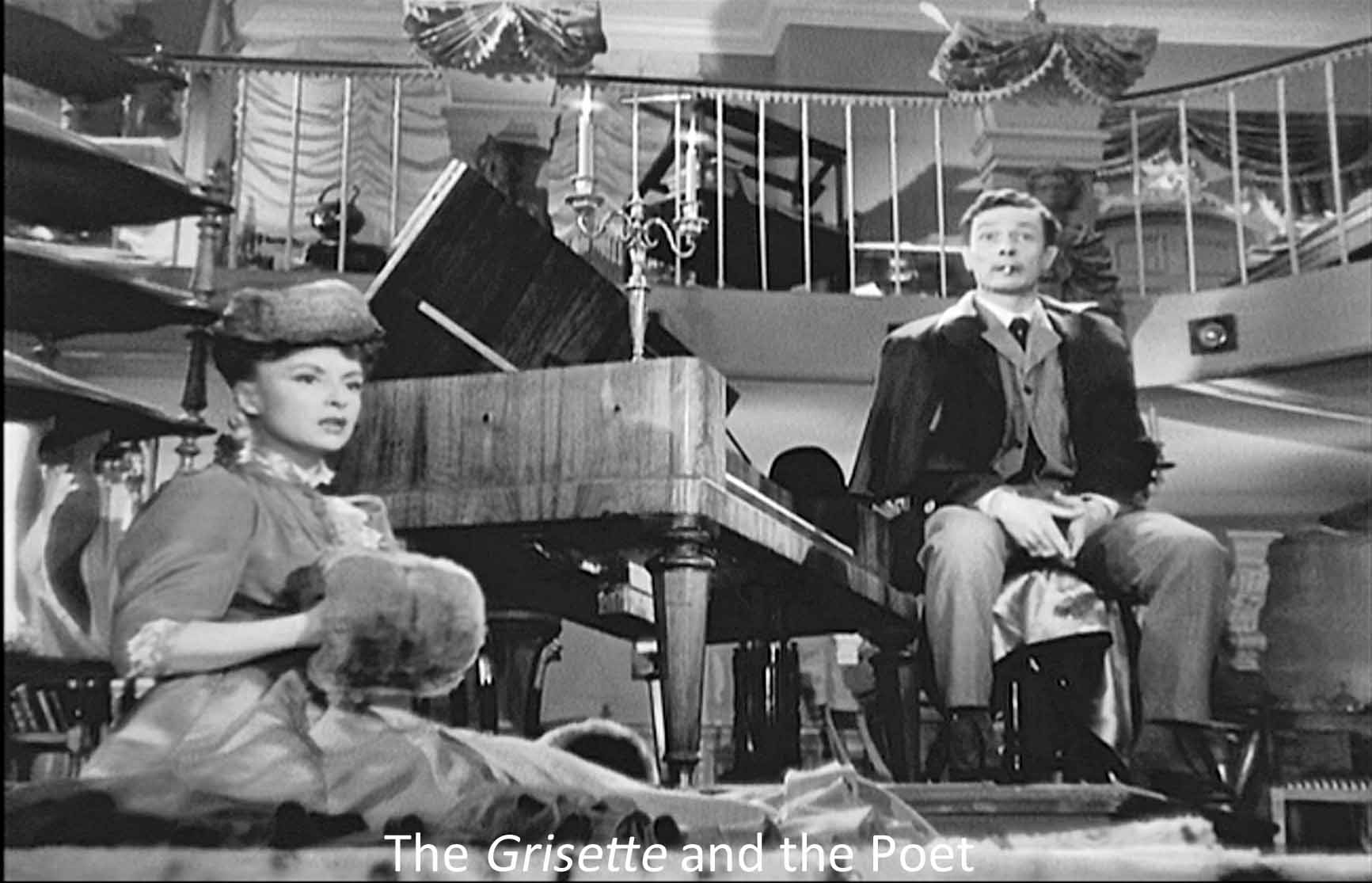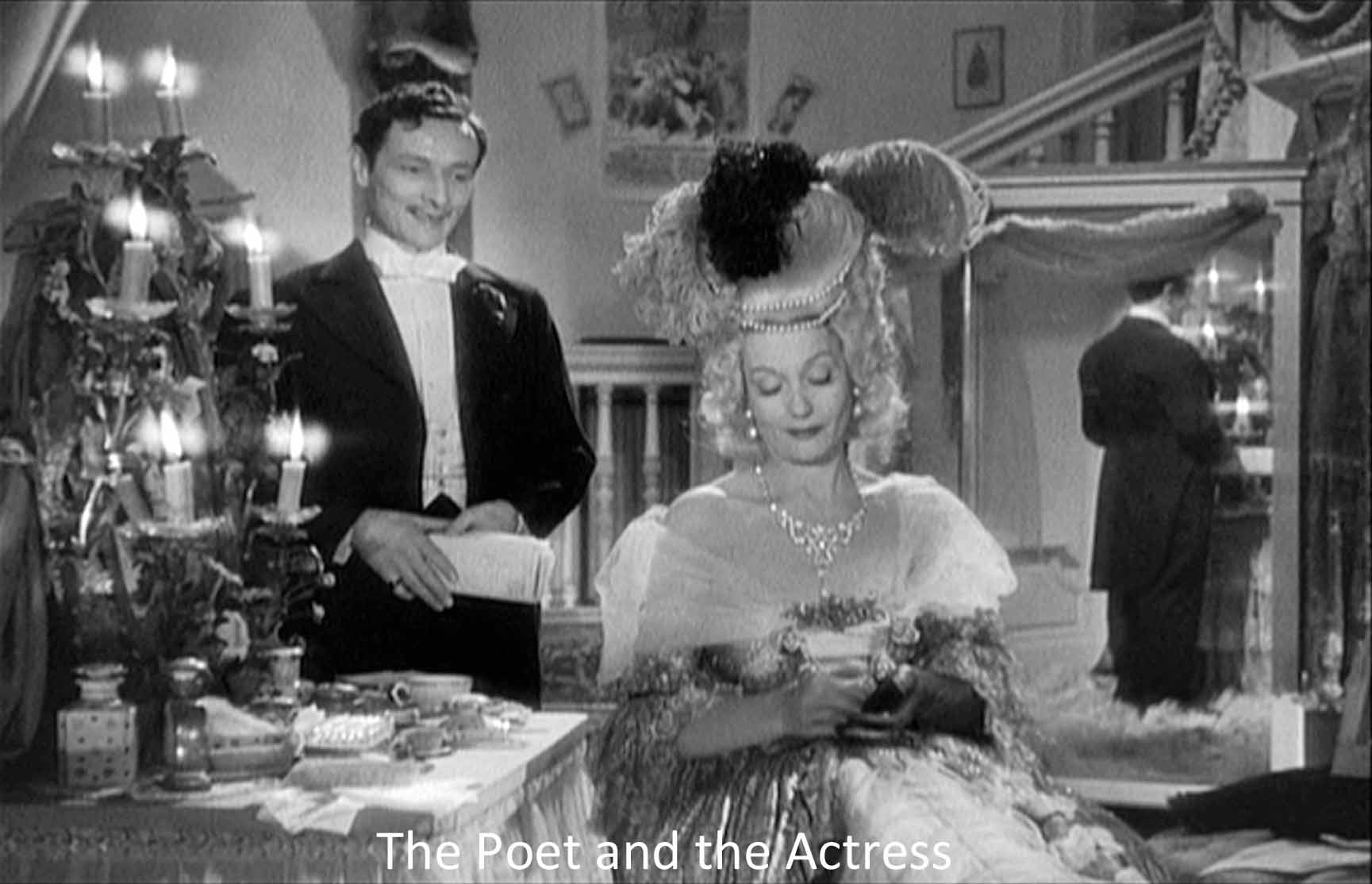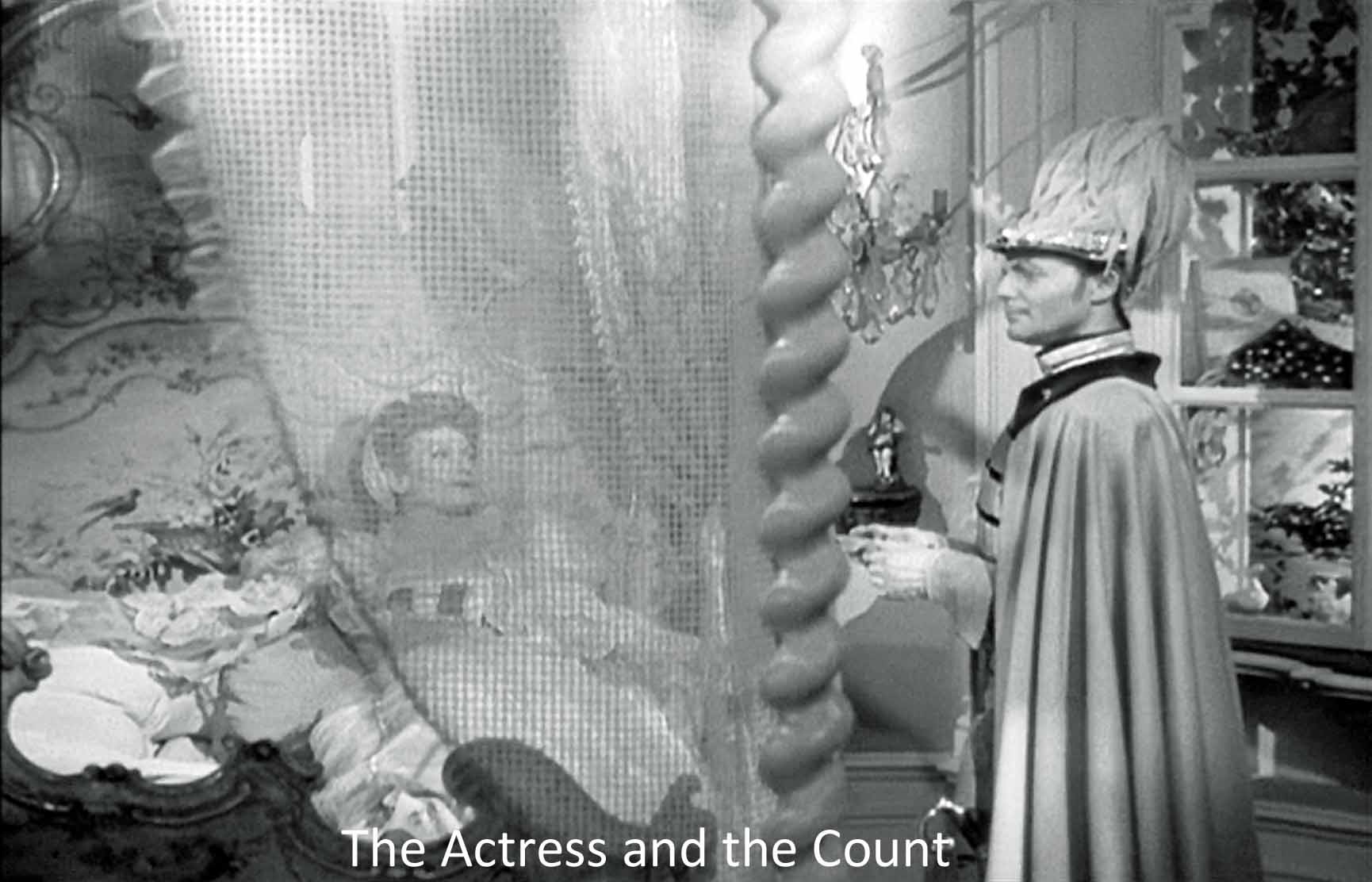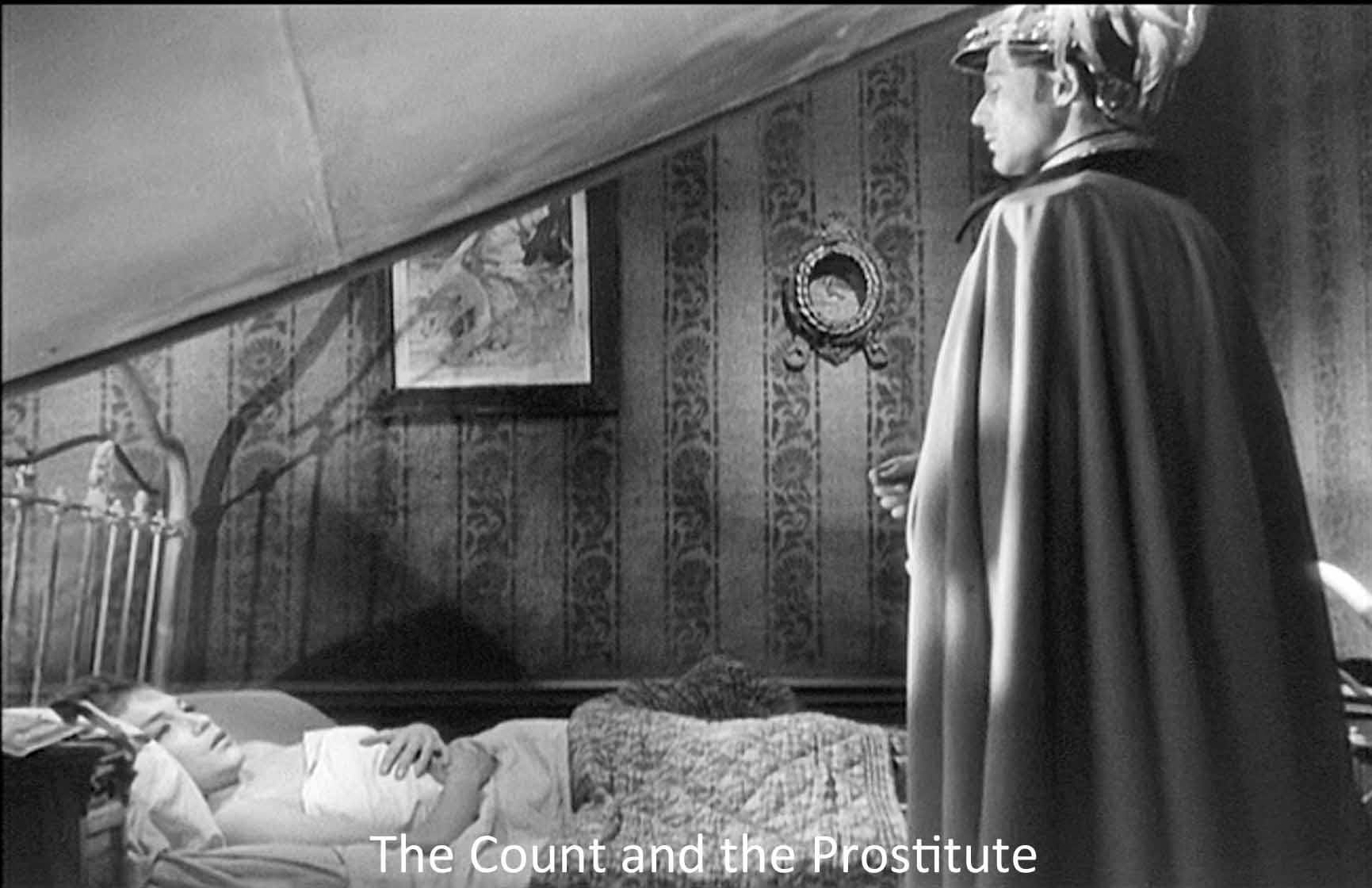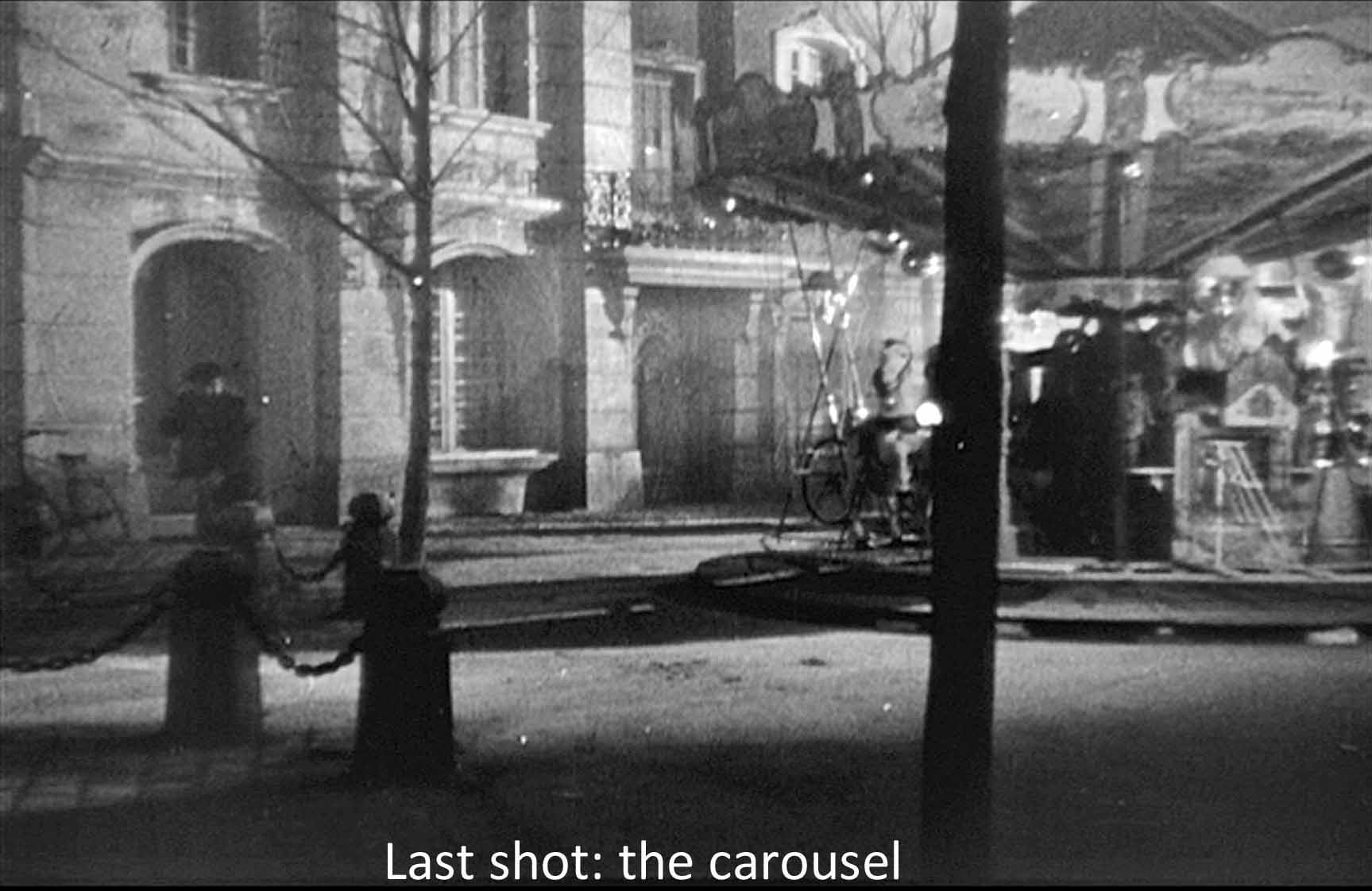The story of Max Ophüls’s ever-charming La Ronde begins with the Austrian writer Arthur Schnitzler. In 1897 Schnitzler, a notorious womanizer, scandalized fin de siècle Vienna with Reigen (Round Dance—think Ring Around the Rosy). The play consisted of ten frankly sexual episodes, and Schnitzler circulated it privately. Word got out, and scandal ensued including anti-Semitic attacks on Schnitzler. He himself withdrew the play and said that it should only be read not staged.
Ophüls, returning to France in 1950 after a not-very-satisfactory exile in Hollywood, decided to make a movie of it. He changed the play in interesting ways. He kept the original idea of the ten sexual episodes, demonstrating that illicit sex goes on from the lowest levels of society to the highest. But he added a figure called the meneur de jeu that we would translate, roughly, as master of ceremonies or ringmaster (played by Anton Walbrook with a wicked wink). Literally the leader of the game, he is the first character we see, he sets the tone, we see him throughout, and he speaks to us before and after each episode. He turns the carousel which is the symbol for “la ronde” (and perhaps the reel of a movie camera). He tells us at the outset that he is not the author, but something more subtle: “I am you. I am the incarnation of your desire to know everything.” This way Ophüls implicates us in this film of illicit desire. Our voyeurist desires are not quite moral, and Ophüls reminds us of those desires all through the film by shooting through foliage or fences or over walls and even past the swinging pendulum of a clock. We peek.
Critics quote again and again this statement by Ophüls: “The camera exists to create a new art and to show above all what cannot be seen elsewhere: neither in theater nor in life.” As if to demonstrate what he means, the film from time to time shows us a movie set or a movie camera or the finale of a stage play. What we are seeing is neither theater nor life. The meneur de jeu by his constant commentary reminds us over and over that we are watching—what? A very artificial film in Ophüls’s mellifluous style.
Here are the ten episodes more or less as they are described by the meneur de jeu in title cards, and I’ve included the actors:
1. The Prostitute and the Soldier (Serge Reggiani)
2. The Soldier and the Housemaid (Simone Simon)
3. The Housemaid and the Young Gentleman (Daniel Gélin)
4. The Young Gentleman and the Young Wife (Danielle Darrieux)
5. The Young Wife and the Husband (Fernand Gravey)
6. The Husband and the Grisette (Odette Joyeux)
7. The Grisette and the Poet (Jean-Louis Barrault)
8. The Poet and the Actress (Isa Miranda)
9. The Actress and the Count (Gérard Philippe)
10. The Count and the Prostitute (Simone Signoret)
Footnote: a grisette is a young woman with a legitimate job as, say, a shop girl, who pads out her income with a little prostitution. Grisettes were a feature of the bohemian scene in fin de siècle Paris, as in the seventh episode.
Now, notice the neat symmetry. In each episode one partner is unfaithful and goes on to the next episode. It makes for a kind of daisy chain. (Please ignore the obscene meaning.) Ophüls makes the symmetry even neater in the fifth episode at the center of the movie. He divides the mise en scène (the picture you see) sharply in half, as you can see on the left.
Ophüls lucked into an astonishing cast. Although he didn’t always get his first choice, he ended up with the leading actors of the time. Notable is the amazing Danielle Darieux: now 98 (in 2015), she made movies as recently as 2010, more than 110 in her whole career. And he got Jean-Louis Barrault whom many (me anyway) think the greatest French actor of the twentieth century, famous for his stunning performance as the mime Baptiste in Les Enfants du Paradis (Carné, 1945). A particular treat is the a wonderful caricature of aristocratic mannerisms by Gérard Philipe.
Notice that the characters as introduced by the meneur de jeu are identified as types, the Soldier, the Poet, and so on. The episodes carefully travel up the social scale from the prostitute and soldier in 1 to the aristocrat in 9 and the prostitute in 10. I have a curious sense that the actors are performing their personages, that these people are themselves acting. They become caricatures of themselves. The soldier smokes his pipe incessantly. Did he stop to have sex? The husband is putting on a show of bourgeois morality for his “young wife.” Certainly the poet and the actress are both performing all the time, as is the aristocrat. The frankest, least pretentious characters are the soldier and the prostitute, as if, at the bottom of the social scale one doesn’t need or use pretense.
All the episodes deal with what the meneur de jeu calls l’amour; less subtle souls might say sex. Part of my feeling that the characters are staging themselves comes from the little pleasure these encounters yield. Of the ten, I see pleasure in 4 and 6. The others are either non-committal or perfunctory. Episode 5, at the center of the film, is all talk. Husband and wife hold hands at the end of the scene—that’s it. The only characters I don’t get that feeling with are the lowest members of society, the prostitute, the soldier, and the housemaid.
I think this effect of the characters’ staging themselves is what Ophüls means (and the meneur de jeu signifies): he makes this film something that is neither theater nor life, but a “new art.” And this new art draws on Ophüls’ melodic film style.
He was famous for his smooth camera work with sweeping crane and tracking shots and his use of dollies and sometimes tilting the camera. So marked was his style that James Mason, who worked with him on two of his American pictures, celebrated it in this ditty:
A shot that does not call for tracks
Is agony for poor old Max,
Who, separated from his dolly,
Is wrapped in deepest melancholy.
Once, when they took away his crane,
I thought he’d never smile again.
(Thank you Wikipedia!) Less frivolously, critic Andrew Sarris wrote, “This is the ultimate meaning of Ophulsian camera movement: time has no stop. . . . the moving camera records inexorably the passage of time, moment by moment.” “As we follow the Ophulsian characters, step by step, up and down stairs, up and down streets, and round and round the ballroom, we realize their imprisonment in time.” Perhaps, but all would say that Ophüls’s moving camera gives his films an extraordinary liquidity and grace.
This film has at least two remarkable camera effects. One is the astonishing opening shot. Five whole minutes! Talk about a fondness for crane shots. The actor Anton Walbrook walks up one flight of stairs, then another, then past a stage, a movie camera and sound boom, a set that is obviously a set, and on to the carousel that is the symbol for “la ronde.” From the carousel steps the prostitute, the first of his personages. He directs her where to stand and foretells what is about to happen. Imagine the amount of rehearsal this took.
Earlier the meneur de jeu had said he was not the author, but he certainly acts like one. Perhaps he simply knows everything, especially what comes next, which is what we filmgoers want to know. That is the desire that carries us through film or story. The meneur de jeu had said he was the incarnation of that desire. This shot defines him as both controlling and controlled, the dealer in the game which is this film.
A second extraordinary touch comes in the episode with the actress and the aristocrat, more ambiguity about the Anton Walbrook character. To shield our delicate sensibilities from the sight of their lovemaking, the meneur de jeu puts on his spectacles, takes up a pair of scissors, and edits the film on the spot. Then, what we see is the film as he has edited it! I would have to wait for Bergman’s setting the film on fire in Persona (1966) for such a clever use of the physical celluloid.
How European this film is: its setting in Vienna, the matter-of-fact attitude toward sex, and the manners once we get beyond the lower class. It is unthinkable that this film could have been made in America in 1950 with the Code still firmly in place and the Hollwood suits dictating artistic decisions. We can be grateful that Ophüls returned to Europe and took up his stylish pre-war camera again. He gave us four masterpieces: La Ronde (1950), Le Plaisir (1952), The Earrings of Madame de . . . (1953) and Lola Montès (1955). They are Viennese waltzes in the cacophony of today's film culture. Black-and-white (except for Lola Montès), made with a graceful cinematography and fine acting, they are all worth seeing—quiet masterpieces.
